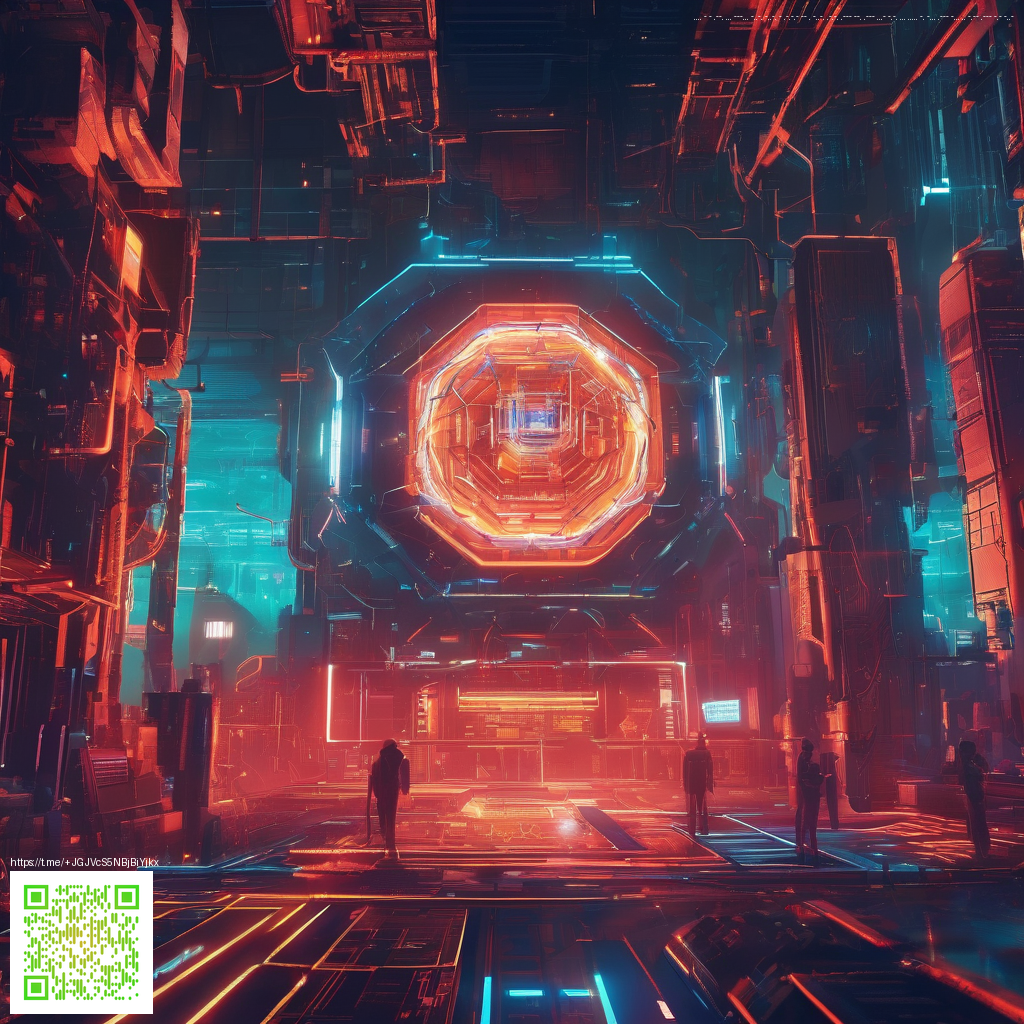
How Yakuza Like a Dragon Redefined Open World Gameplay
Ryum sei magic meets street level drama in a way that surprised many players. The series long relied on tightly packed urban blocks or tightly designed hubs, but the shift in the latest chapter introduced a sense of scale that felt both intimate and expansive. Yokohama becomes a living playground where districts breathe at different speeds, offering a refreshed rhythm to exploration, side quests, and narrative beats. The result is a nuanced take on open world design that prioritizes micro narratives and player choice over a single map size metric 💠.
At the heart of the reinvention lies the Dragon Engine, which powers a city that shows its personality through density in both traffic and conversations. Unlike previous entries that pushed players from one monumental block to the next, this iteration pares the world into distinct districts. Each area carries a different mood, storefronts, and a cadence of activities that encourage lingering rather than rushing to the next plot beat. The player once again steps into a bustling urban ecosystem where chatter, side stories, and minigames are not optional garnish but integral to the experience.
The open world here is best understood as an open district model. Rather than a single sprawling map, multiple neighborhoods loop back into the core narrative as you uncover deeper stories and unlock more complex subplots. This design choice preserves the series storytelling DNA while introducing meaningful geographic variety. In practice, it means you can spend a morning wandering a neon-lit arcade corridor and an afternoon chasing a lead through a seedy alleyway, each moment fed by a pacing that rarely feels repetitive.
Gameplay loops blend role playing and beat em up action with a heavy dose of social simulation. You manage jobs, level up character abilities, and juggle a rotating cast of party members who each bring distinct strengths. The turn based combat system remains as the backbone, but it’s layered with real time situational awareness during encounters, enabling dynamic strategies rather than scripted, one note battles. Substories, a cornerstone of the series, thread through the districts like urban folklore, offering quirky rewards and surprising character moments that expand the world’s emotional reach 🌑.
Community sentiment around the open district approach is loud and positive. Fans praise the way districts reflect different social textures from street food stalls to rooftop battle arenas. Speedrunners and completionists savor the chance to plan routes that weave together narrative milestones with optional content. Casual players discover that the city’s density rewards curiosity—investigating a tiny noodle shop can unlock a weave of related tasks that culminate in meaningful character growth. The design invites players to slow down, cataloguing little moments that would have vanished in a more traditional open world structure 👁️.
Modding culture responds in kind with curiosity and adaptation. On PC port days, the community explored texture tweaks, UI improvements, and accessibility options to tailor the Yokohama experience. While the core game remains balanced around the developer’s intent, the openness of the city invites fans to experiment with visuals and quality of life tweaks. The end result is a collaborative sense that the city is a shared canvas where players contribute small refinements to enhance the big picture.
Updates after launch continued to refine pacing and polish. Patches and post launch improvements typically targeted learning curves, combat balance, and the integration of additional side content. The ongoing dialogue between players and developers highlighted that the open district approach was not a one off push but a deliberate design philosophy. As updates landed, players ventured deeper into locked corners of the map, discovered fresh sub stories, and found new ways to string together moral choices with tactical demands in battle.
From a developer perspective, the shift represents a thoughtful balancing act. The studio leaned into narrative momentum and character chemistry while maintaining a spatial layout that feels alive rather than curated. The Dragon Engine enabled more nuanced NPC behavior, more natural crowd movement, and a city that responds to your presence with visible consequences. This alignment of engine capability and design intent created a loop where exploration feeds story, and story motivates exploration, a synergy that has influenced how fans and critics evaluate what constitutes a meaningful open world in modern RPGs 💠.
Looking ahead, the conversation around open world games now includes a case study in player agency. The city is not just a backdrop but a modular system where each district offers distinct incentives to investigate, interact, and improvise. The result is a crafted realism that still embraces fantasy elements—boss fights on bustling streets, side quests that read like episodic vignettes, and a central narrative that remains deeply personal for every traveler who decides to roam. If the benchmark for open worlds was once size, the bar has shifted toward density, tempo, and the vibes a city exudes when you linger long enough to listen 🌟.
For fans who follow ongoing updates, community threads, and developer commentary, the evolution remains a reminder that open world design can be both intimate and expansive. It invites a broader conversation about how games can honor strong storytelling while delivering the freedom players crave. As new titles push the envelope, the lessons learned from the Yokohama experiment will be cited as a reference point for pacing, district design, and the art of weaving gameplay with narrative depth.
Interested in supporting deeper dives into how games redefine their genres and worlds, consider helping sustain more thoughtful coverage. Your support helps fuel future explorations into craft, community, and the evolving languages of game design. If you enjoy this kind of analysis and want to see more, your contribution keeps the lights on as we chase new angles in the ever evolving playgrounds of the medium.
Support the Channel and Our Open World explorations